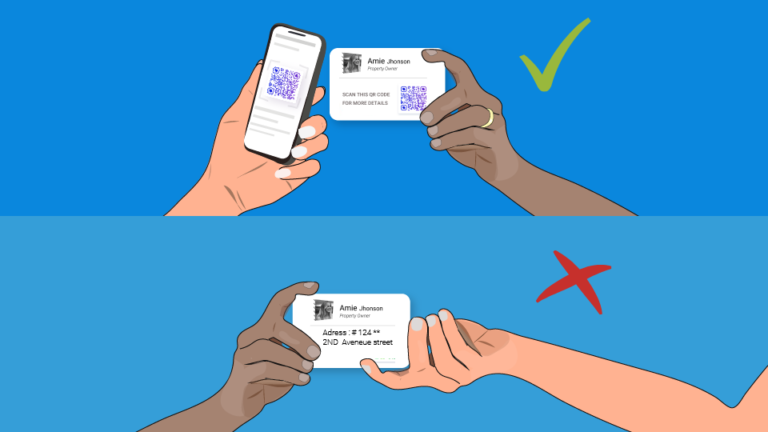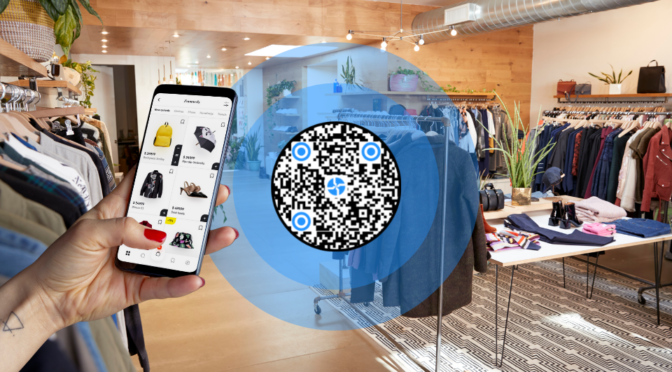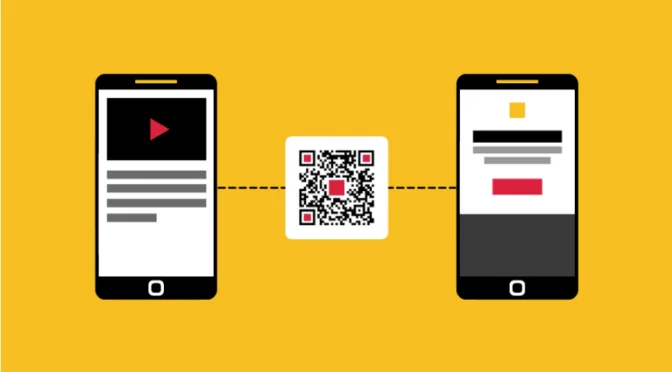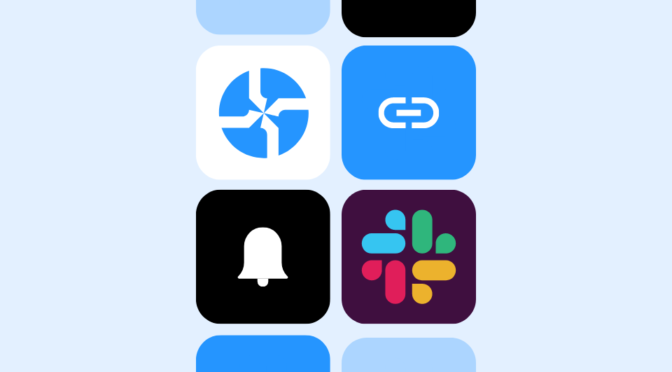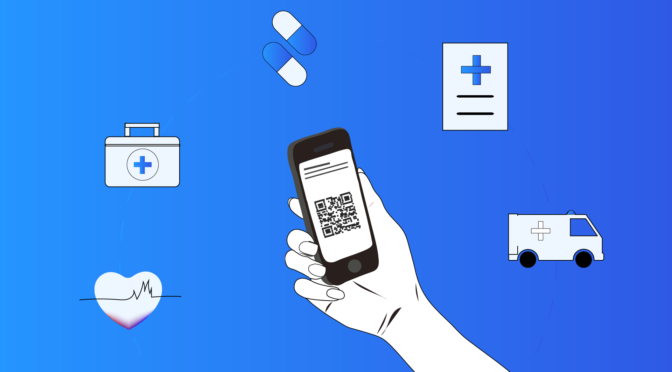As businesses and organizations prepare themselves to flatten the curve and curb the spread of COVID-19, reduced manpower, postponed or canceled events and overall uncertainty have emerged as unwavering issues.
This is especially trying time for must-show workers that work in the healthcare, retail or brick-and-mortar industry.
Businesses steeped in technology are finding ways to protect their employees from unnecessary contact and cope with absentees. One of the most popular technologies that has emerged as a surefire solution during COVID-19 is creating QR Codes.
How can QR Codes be used?
#1. Contactless interactions
Even the simple act of handing someone your business card poses a risk. Replace traditional business cards with a vCard QR Code. Scanning the QR Code allows anyone to save your information on their smartphone.
Contactless interactions, especially at healthcare facilities, are essential. To minimize touching physical services, tablets at such facilities feature QR Codes that patients can scan to get information about their appointment, access their medical files or the latest update by WHO or CDC.
#2. Identifying health status
China started using color-based QR Codes early on to identify the health status of citizens to let them through various checkpoints. This can easily be replicated to curb the spread of the infection.
#3. Updated information about events
Events being canceled or postponed indefinitely is one of the major issues across industries. With the E3 and SXSW canceled, direct losses amount to over $1 billion in the tech industry.
In some cases, events are being moved online and webinars are proving to be a great alternative. But for the retail or entertainment industry, expos and concerts cannot be held online.
Event organizers can send out a dynamic QR Code along with the cancelation message to attendees to keep them apprised of the situation.
Scanning the dynamic QR Code will show attendees updated information about the event and if there are changes in the venue or time.
#4. Always-on salesperson
Remote working is not an option for must-show workers but with self quarantines and government mandates, businesses with an offline-only presence are struggling to cope.
This is where tech like QR Codes come in handy.
Scanning QR Codes on product packaging can allow customers to learn more about a product without needing to interact with a salesperson. Or, they can use QR Codes on in-store flyers to connect to WiFi, view a coupon and even call to ask for assistance.
This works particularly well for real-estate too.
Having a QR Code on the ‘For Sale’ sign can allow buyers to view a virtual tour of the house, set an appointment, and see other available properties without having to interact with other buyers or the realtor.
#5. Contactless payments
QR Codes have been used as a mode of payment in South-East Asian countries as well as in some other parts of the world like Brazil, Russia, and Ghana.
In times where touching currency can spread the infection, contactless payments via QR Codes make it safe for customers and businesses to conduct transactions. In fact, WHO has recommended switching to contactless payments in light of recent events.
All you need is a secure QR Code and link it to an online payment portal, PayPal or Venmo to enable the transaction.
#6. Remote learning
With schools and universities shutting down, online education portals have stepped up by offering free access to their gated content.
But offline educators are evolving too. QR Codes have been an integral part of the classroom. And now, with the help of a dynamic QR Code, teachers are able to deliver audio and even video clips to their students.
The QR Code can also be linked to their assignment and used to gather feedback to improve the next lesson.
Need help with setting up contactless interactions? Talk to our support team today







